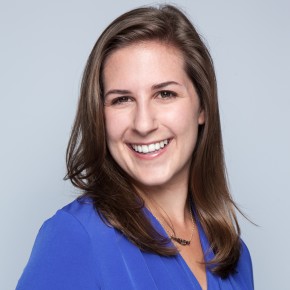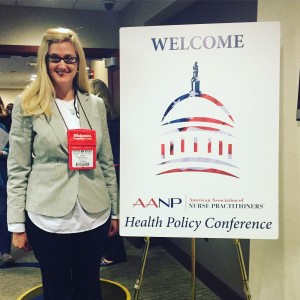LinkNYC as a tool to fight homelessness
While walking on 14th Street earlier this week, I heard music that I liked, and turned my head to find its source. I noticed a man who appeared to be homeless, sitting in a wheelchair next to a LinkNYC kiosk – one of the new, high-tech payphone replacements that recently launched here in New York City. It took me a moment to realize that the music came from the Link kiosk, and that the man was streaming tunes from the internet browser on its screen, enjoying the sunshine next to all of his belongings, just like the people I often see doing the same in their cars, or hanging out of their front windows with stereo sets on nice days.

A LinkNYC kiosk, which replaced a NYC pay phone booth this year. Each “Link” offers free WiFi, phone calls, and charging docks, paid for by advertising dollars alone.
I live across the street from a New York City park that has a large population of homeless people who dominate one of its corners. When I walk past, or sit on a bench within view, I often wonder if the people that I see there every day ever get bored. Studies show that boredom is often one of the main reasons that the undomiciled population turns to illicit drugs. It’s common knowledge that chronic stress and lack of positive and pleasurable stimulation can cause depression. So when I saw the man at the Link this morning, shamelessly enjoying a public resource for its entertainment capacity, I shot him a genuine smile.
LinkNYC, which founded in 2014, has since taken over NYC telephone booths with their free highspeed Wifi, web browsing, and cell charging capacities. Gone are the days when a quarter would buy you a timed telephone call; Link kiosks let you call anywhere in the US for free, surf the web, and charge your devices, and they are fully paid for by advertising — not a cent of tax dollars.
What an intriguing phenomenon, to see this man, who many might consider a drain on tax paying society, benefiting from this public service likely intended for someone with enough money to purchase a cell phone or buy whatever product is advertised on its face. He looked nervous when I peeked back at him after I realized his brilliance, like he was stealing something, or maybe like his discovery was too good to be true.
I wonder what kind of impact something like this might have on the violence we too often see in homeless shelters, or the problems faced with inmates attempting to make calls to family members, only to find that they are stuck with paralyzingly high bills. How did the man I saw today find out about LinkNYC’s benefits? Are they being explained to people who are first getting on their feet? Getting out of jail?
I’m all for public cell charging stations and kiosks for web browsing. But I can do that at home, or on my own device. We forget that many people were inconvenienced by the demise of payphones, and before today, I never even considered the possible benefit that these technological anomalies might have on those who have far less than me. We take for granted our ability to skip out of boredom and listen to music, scroll our phones, talk to our friends, much less make phone calls with ease. I hope that the man I saw today meets no problems from iPhone-bearing hipsters looking for a quick charge, and I hope I see more people using these devices who might actually really need them.
While walking on 14th Street earlier this




